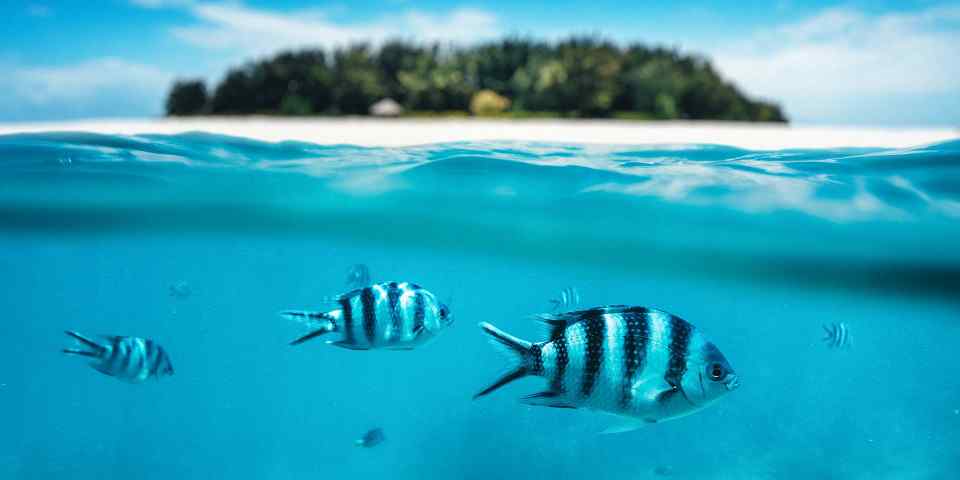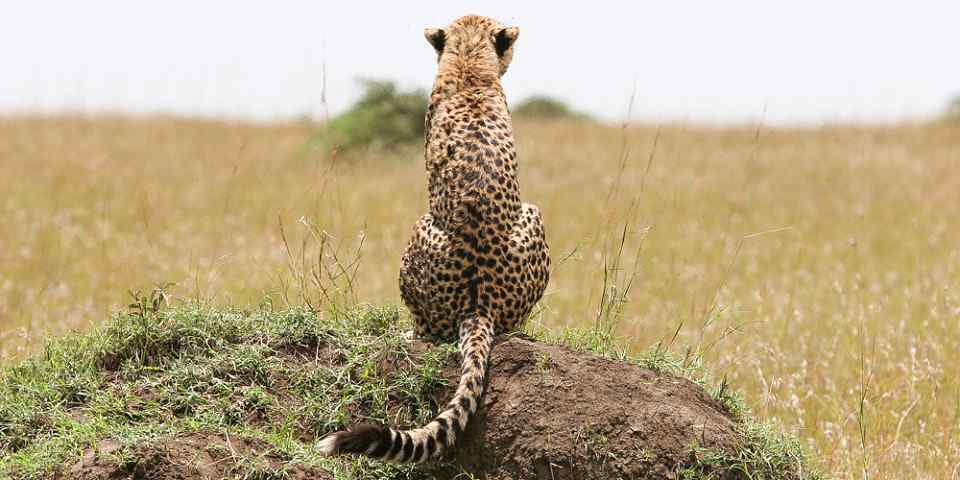
Safari Tours to Nyerere NP
-
![12-Day Luxury Tanzania Family Safari & Beach]()
12-Day Luxury Tanzania Family Safari & Beach
$7,716 to $11,338 pp (USD)
Tanzania: Private tourLuxuryLodge & Tented Camp
You Visit: Dar Es Salaam (Start), Nyerere NP, Ruaha NP, Zanzibar (Tanzania Beaches), Zanzibar Airport (End)

Wayfairer Travel
4.8/5 – 172 Reviews
-
![9-Day Spice Island & Safari Journey]()
9-Day Spice Island & Safari Journey
$1,935 pp (USD)
Tanzania: Private tour
Mid-range Lodge & ResortYou Visit: Zanzibar (Start), Zanzibar (Tanzania Beaches), Nyerere NP, Zanzibar Airport (End)

Paradise & Wilderness
4.8/5 – 209 Reviews
-
![3-Day Safari Zanzibar Nyerere National Park (Selous)]()
3-Day Safari Zanzibar Nyerere National Park (Selous)
$1,103 pp (USD)
Tanzania: Private tour
Mid-range Tented CampYou Visit: Zanzibar (Start), Nyerere NP, Zanzibar (End)

Greg Adventures
5.0/5 – 35 Reviews

 Tanzania Parks
Tanzania Parks














